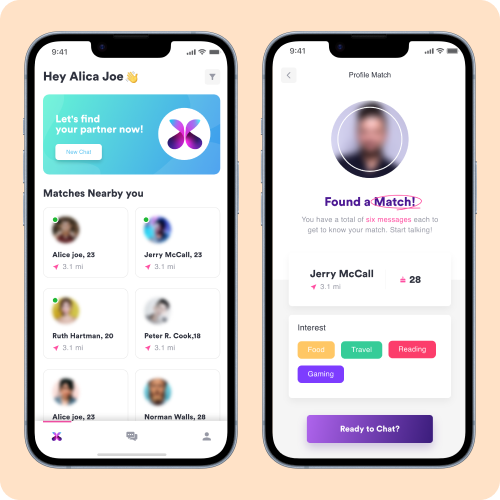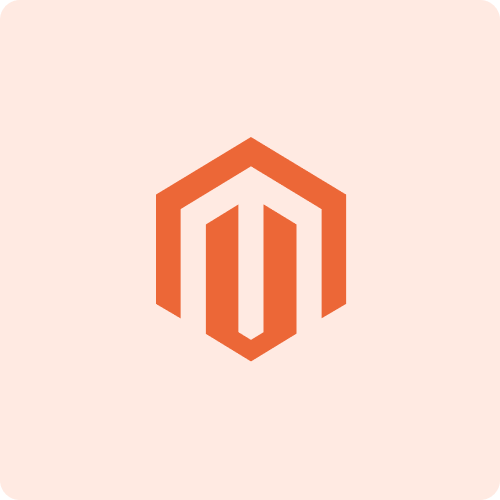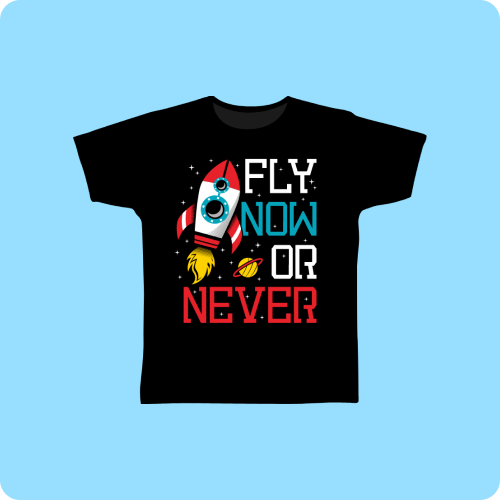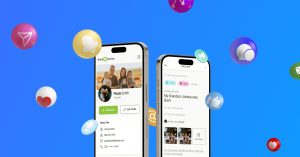The demand for fitness apps has significantly increased which opens up a huge potential for app idea owners to act upon their dreams of fitness app development. After the COVID and lockdown era, people are inclined towards virtual fitness solutions. With rising tech solutions, people are looking for innovative and agile fitness apps in the market.
Staying current with trends in fitness app development is crucial. A modern app needs to meet user expectations. Whether you are a fitness brand or an app idea owner, it is important to know the latest trends and integrate them into your app.
Fitness app development requires a high level of technical expertise so don’t try to be a jack of all trades and hire a custom fitness app development company to outsource your project. They can help you not only with the development part but also with the strategy and features that you can include for your target users.
Fitness App Market Overview

- According to Grand View Research, the global fitness app market reached a value of USD 1.54 billion in 2023 and is expected to reach USD 1.8 billion in 2024.
- Research showcases the growth of the fitness app market due to the COVID-19 pandemic. It focuses on how lockdowns and social distancing measures fueled the adoption of virtual fitness solutions which led to an increase in downloads and subscriptions for fitness apps.
- Fitness apps generated $3.58 billion in revenue in 2023, reflecting a 9.1% increase compared to the previous year.
- According to a report, the average revenue per user (ARPU) in the health and fitness app segment is projected to reach $3.90 in 2024.
Key Features for Successful Fitness App Development
Successful fitness app development hinges on integrating features that meet user needs and enhance their experience. These features ensure the app remains engaging, functional, and valuable. You should integrate the following features within your app even if you are an app idea owner or have an existing app.
- Customization Options
- Wearable Integration
- Real-time Tracking and Analytics
- Social Sharing and Community
- Gamification
- Workout Plan Creator
- Diet Chart Generator
How to Develop a Fitness App?
Developing a fitness app requires careful planning and execution. From the initial idea to the final product, every step is crucial. Whether you are a fitness app developer or part of a fitness app development company, understanding these steps is essential for success. Here’s a guide to help you navigate the process.
Planning Your Fitness App Development
- Defining Goals and Objectives
Start by defining clear goals. What do you want your app to achieve? Is it aimed at weight loss, muscle gain, or overall fitness? Setting specific objectives will guide the development process and keep the team focused.
- Choosing the Right Platform
Decide whether you want to develop a fitness app for iOS, Android, or both. Each platform has its advantages. Research your target audience to determine which platform they use most. This decision will impact your budget and timeline.
- Setting a Realistic Budget and Timeline
Determine your budget early. Fitness app development can be costly, so plan accordingly. Set a realistic timeline. Include milestones to track progress. Having a well-thought-out budget and timeline ensures the project stays on track.
- Building a Skilled Development Team
Assemble a team of skilled professionals. This includes designers, developers, and marketers. If you don’t have an in-house team, consider hiring a fitness app development company. Experienced health and fitness app developers can make a significant difference.
Design and User Experience
- Creating Intuitive and Attractive UI/UX Design
Design is crucial in fitness app development. Your app should be easy to navigate and visually appealing. Work with UI/UX designers to create an intuitive interface. User feedback during the design phase is invaluable. Test prototypes with potential users and make necessary adjustments.
- Importance of User Feedback
User feedback helps you understand what works and what doesn’t. Collect feedback through surveys, interviews, and beta testing. Use this information to improve the app. Ensuring a positive user experience will keep users engaged and satisfied.
Technical Aspects of Fitness App Development
- Choosing the Right Technology Stack
Select a technology stack that suits your app’s requirements. Consider factors like scalability, security, and performance. Common choices include React Native for cross-platform development and Swift for iOS. Your fitness app developer should be proficient in these technologies.
- Implementing Secure and Efficient Backend Architecture
A strong backend is essential. It handles user data, processes requests, and ensures smooth operation. Focus on security to protect user information. Implement efficient data storage and retrieval systems.
- Ensuring App Performance and Scalability
Your app should perform well under various conditions. Conduct performance testing to identify and fix issues. Plan for scalability. As your user base grows, your app should handle increased traffic without compromising performance.
- Data Privacy and Security Considerations
Users trust you with their personal data. Implement robust security measures to protect this data. Follow industry standards and regulations. Regular security audits can help maintain trust and compliance.
Read more: Top 10 Trends in Fitness App Development for 2024
Development Process
- Agile Development Methodology
Use Agile methodology for fitness app development. It promotes flexibility and continuous improvement. Break the project into small, manageable tasks. Review and adjust as needed. This approach ensures a high-quality product.
- Phases of Development: From MVP to Full-Scale Product
Start with a Minimum Viable Product (MVP). An MVP includes core features and allows for initial user feedback. Gradually add more features based on feedback and usage patterns. This phased approach reduces risks and optimizes resources.
- Continuous Testing and Quality Assurance
Testing is a critical part of fitness app development. Conduct thorough testing at every stage. This includes unit tests, integration tests, and user acceptance tests. Quality assurance ensures your app is bug-free and user-friendly.
Integrating Advanced Technologies
- AI and Machine Learning for Personalized Recommendations
Integrate AI and machine learning to enhance user experience. These technologies can provide personalized workout recommendations and diet plans. They analyze user data to offer tailored suggestions, improving engagement and results.
- Augmented Reality (AR) for Immersive Experiences
AR can make workouts more engaging. Use AR to create immersive training sessions. This technology is innovative and can set your app apart from competitors.
- Blockchain for Secure Data Management
Blockchain ensures secure data management. It can protect user information and maintain data integrity. Integrating blockchain can boost user trust and compliance with data protection regulations.
How to Launch a Fitness App?

Pre-Launch Preparation
Execute effective pre-launch marketing strategies to build anticipation and attract early adopters. Conduct thorough beta testing to identify and resolve any issues before the official launch. Finalize your launch plan, including ASO strategies, press releases, and social media campaigns to maximize visibility.
Launching Your Fitness App
Choose an optimal launch date and time to generate momentum. Coordinate with influencers and partners to leverage their audience and amplify your app’s reach. Monitor app stores closely and respond promptly to user feedback to maintain a positive initial impression.
Post-Launch Strategies
Implement regular updates and introduce new features based on user feedback and market trends. Foster community engagement through forums, challenges, and social features within your app. Continuously engage with users to build loyalty and encourage long-term app usage.
Outsourcing to Fitness App Development Company
Choosing to opt for custom fitness app development through a specialized fitness app development company offers many advantages. These companies are equipped with the expertise and experience to tailor your app precisely to your specifications and target audience needs. Custom fitness app development ensures that your app stands out in a crowded market.
Benefits of Custom App Development
- Tailored to specific needs
- Unique features integration
- Scalable for growth
- Enhanced user experience
Why Outsource to a Fitness App Development Company?
Outsourcing to a fitness app development company provides access to a dedicated team of professionals who specialize in app design, development, and deployment. This frees up internal resources and allows your team to focus on core business activities while leveraging the expertise of industry specialists.
**Some tips for finding the right fitness app development company…
- Look for a fitness app development company with a strong track record in health and fitness app projects.
- Review their portfolio to ensure they have experience with apps similar to your concept.
- Ensure clear communication channels and a thorough understanding of project timelines and budgets.
- Seek client testimonials or case studies to gauge their reliability and client satisfaction.
- Choose a partner who values collaboration and can adapt to your evolving needs and objectives.
Whether you’re aiming to launch a new app or enhance an existing one, partnering with a reputable fitness app development company can pave the way for success in the competitive fitness app market.
Conclusion
The market is demanding effective fitness apps and as a business owner, it is the biggest opportunity for you to capitalize on it. Build or Upgrade you fitness app to cater to this growing market and get high ROI.
Choose your path to fitness app development whether you want to hire an in-house team or outsource the whole project to a custom fitness app development company. Hiring an in-house team can add to your infrastructure and operational costs. It is suggested to outsource the project to experts who can help with the strategy as well.
Read more: Wearable App Development – How to Build A Wearable App?








































